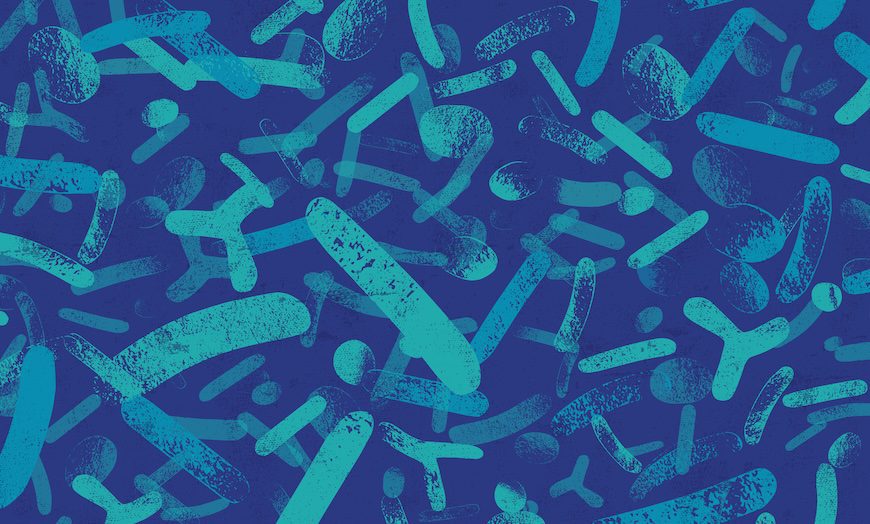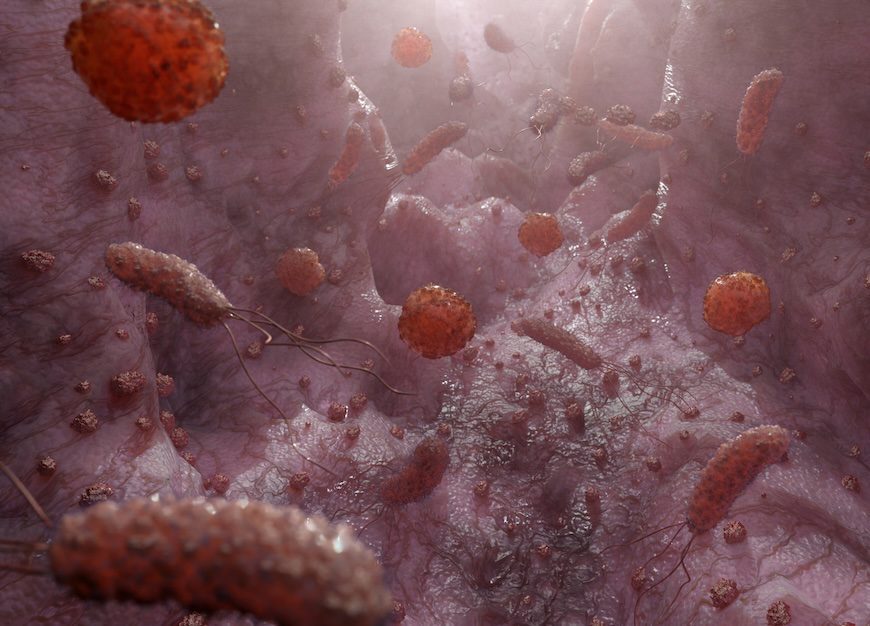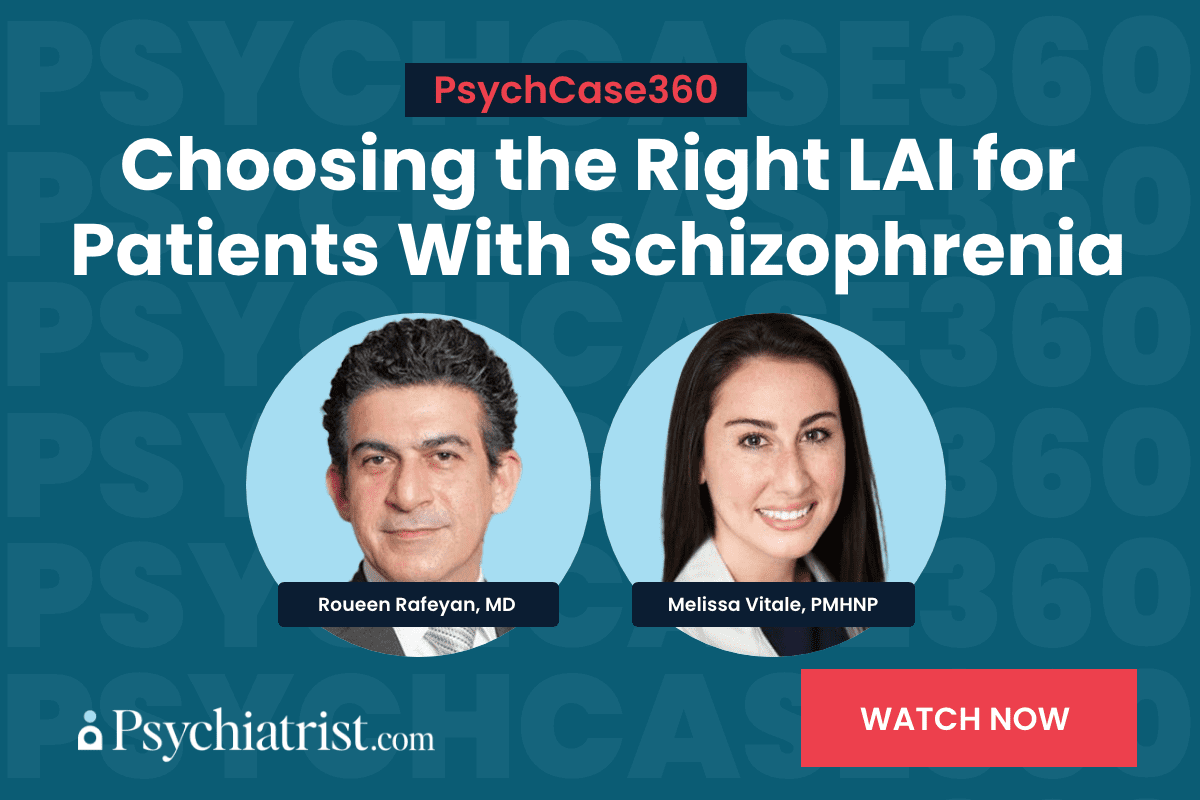chizophrenia patients have a long – and complicated – relationship with substance use disorders (SUDs). Schizophrenia patients are much more likely to develop an SUD compared to the general population. Estimates peg the prevalence of SUDs among schizophrenia patients anywhere between 20 percent and 65 percent.
Now more recent research raises even more red flags, such as brain structural changes, inflammatory responses, and even therapeutic challenges.
For example, a Canadian research project has shown us that the proportion of new schizophrenia cases cropping up alongside a cannabis use disorder has jumped from 4 percent pre-legalization to 10 percent in Ontario.
“Regular cannabis use is strongly associated with an increased risk of schizophrenia, and one of the main areas of uncertainty surrounding cannabis legalization is whether there would be changes in the number of new cases of schizophrenia,” Dr. Daniel Myran, MD, a Canada Research Chair in Social Accountability at the University of Ottawa, ICES Adjunct Scientist, Investigator at the Bruyère Health Research Institute, and Associate Scientist at The Ottawa Hospital. “We found that there have been concerning increases over time in the percentage of people with a new schizophrenia diagnosis who had received care for a cannabis use disorder before their diagnosis.”
Cannabis Linked to Rising Schizophrenia Cases
The Ontario, Canada, study reveals that the proportion of new schizophrenia cases linked to cannabis use disorder (CUD) has been climbing for more than 17 years. It’s nearly tripled between 2006 and 2022. The sudden rise has been in line with the liberalization of medical cannabis in 2014 and the subsequent legalization of recreational cannabis in 2018.
The researchers examined health data from more than 13.5 million residents, including 118,650 individuals with CUD. Of those, 91,106 developed schizophrenia, and 10,583 of those cases appeared to be tied to CUD. The overall incidence of schizophrenia remained stable. However, the incidence of psychosis sharply increased, with men between 19 and 24 showing the highest gains.
The study suggests a dose-response relationship between cannabis use and schizophrenia. In other words, using cannabis more frequently (along with consuming high-potency strains) fuels that risk. Researchers found that the population-attributable risk fraction (PARF) — the proportion of schizophrenia cases that could be prevented if regulators curbed cannabis use — rose from 1.6 percent in 2006 to 9.6 percent in 2022. This reflects the broader rise in cannabis use across Ontario, particularly with higher-potency cannabis products.
It’s worth mentioning that this paper reports no sudden surge in schizophrenia cases following non-medical cannabis legalization in 2018. But the researchers did discover that the incidence of psychosis NOS (not otherwise specified) accelerated after the liberalization of medical cannabis three years earlier. The authors inferred, then, that while cannabis policy changes might not have sparked an immediate jump in schizophrenia diagnoses, they’ve almost certainly contributed to higher levels of psychosis.
The study’s authors warn that this budding relationship between CUD and schizophrenia could stem from multiple factors, such as changes in diagnostic practices and the better detection of cannabis use disorder over time.
Alcohol: Structural and Neurochemical Alterations
Scientists have already documented a genetic link between schizophrenia and alcohol use disorder (AUD). More recent data also indicates that individuals with schizophrenia and AUD display more dramatic brain volume reductions in the prefrontal and superior temporal regions – in addition to the cerebellum.
They also endure more significant ventricular enlargement compared to those living with only one of these conditions. Shape abnormalities in critical brain structures such as the hippocampus, thalamus, striatum, and globus pallidus also appear to be more prominent.
PET imaging studies reveal decreased D2 and D3 receptor availability (particularly in the striatum and ventral tegmental area) in patients struggling with AUD. This diminished receptor availability correlates with stronger cravings, highlighting a neurochemical pathway contributing to addiction.
Tobacco: Cognitive and Neurocircuitry Effects
Neuroimaging studies suggest shared abnormalities in reward circuitry among smokers with schizophrenia. Intrinsic brain activity in regions – such as the medial prefrontal cortex and postcentral gyrus – appears distorted in non-smoking schizophrenics. Surprisingly, smoking regulates these abnormalities, hinting that nicotine could boast a potential “self-medication” effect.
PET studies indicate lower D2 receptor availability in control smokers compared to nonsmokers. And functional connectivity between the nucleus accumbens and the default mode network (DMN) jump when smokers with schizophrenia look at cigarette pictures. Researchers have noticed that acute nicotine administration normalizes DMN hyperconnectivity in individuals with schizophrenia, which could boost both attention and cognitive function.
Stimulants, Opioids, and Benzodiazepines: Emerging Evidence
Stimulant use in individuals with schizophrenia contributes to structural changes – including smaller regional volumes in the left parietal/temporal lobe. Scientists have also documented reduced fractional anisotropy, which suggests white matter disruptions.
That being said, there’s a dearth of neuroimaging evidence regarding opioid and benzodiazepine use among schizophrenics. Some studies suggest that schizophrenia might reduce benzodiazepine receptor distribution in the left precentral gyrus.
Substance Use Disorders: Treatment Challenges
Clinicians largely overlook pharmacological SUD treatments for schizophrenia patients, who receive these interventions less frequently than the general population. The U.S. Food and Drug Administration (FDA) still hasn’t approved any antipsychotics exclusively for SUD treatment. However, second-generation antipsychotics such as olanzapine, quetiapine, risperidone, and aripiprazole have shown some potential efficacy through modulation of serotonin, histamine, and norepinephrine pathways.
On the other hand, first-generation antipsychotics could make cravings worse, while aggravating mesolimbic dopaminergic dysfunction. Clozapine has demonstrated beneficial effects across multiple SUDs, probably because of its singular pharmacologic profile.
Emerging Treatments Offer Hope
Evidence suggests that naltrexone, disulfiram, and varenicline are effective for alcohol use disorder in schizophrenia. That being said, disulfiram comes with the potential risk of inflaming psychosis. Clozapine appears particularly effective in reducing alcohol relapse.
For tobacco cessation, varenicline, bupropion, and nicotine replacement therapies have demonstrated efficacy without increased neuropsychiatric adverse events. Researchers – and caregivers advise maintenance pharmacotherapy to encourage abstinence.
Cannabis use reduction has shown mixed results with antipsychotic medications, although clozapine might help. Early evidence suggests that repetitive transcranial magnetic stimulation (rTMS) might help with co-occurring cannabis and schizophrenia.
Stimulants and Opioids: Treatment Gaps
Second-generation antipsychotics may reduce cocaine cravings more effectively than first-generation medications. Methadone has shown efficacy for opioid use disorder in individuals with schizophrenia. And adherence to methadone treatment may double antipsychotic adherence.
Future Directions
Despite emerging evidence, significant gaps remain in understanding and treating co-occurring schizophrenia and SUDs. Researchers must keep investigating to better explain the neurobiological mechanisms underlying these complex interactions. It’s also crucial for developing targeted, effective treatments that address both conditions simultaneously. Psychosocial interventions and innovative therapies like rTMS hold promise as part of a comprehensive approach.
Advancing understanding helps clinicians better support those facing schizophrenia and substance use disorders.
Further Reading
Researchers Propose a Periodic Table of Psychiatric Disorders



